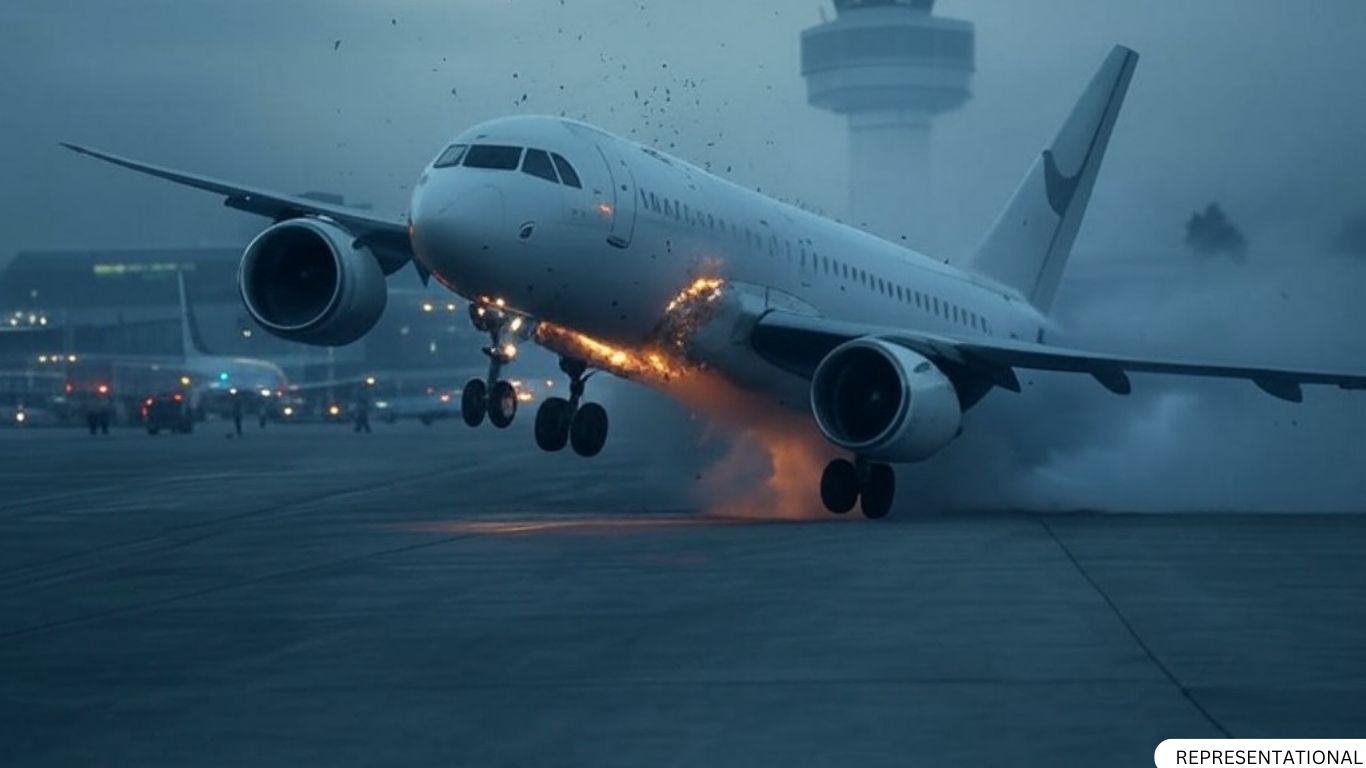Russian President Vladimir Putin issued an apology to Azerbaijan’s President Ilham Aliyev following a tragic plane crash involving an Azerbaijan Airlines aircraft in western Kazakhstan. The crash, which claimed the lives of over 38 people, has become a focal point of blame and speculation amidst ongoing tensions between Russia and Ukraine.
Here’s a detailed account of the incident, its aftermath, and the geopolitical implications.
The Kazakhstan Plane Crash: What We Know So Far
The Azerbaijan Airlines aircraft was en route to Grozny when it tragically crashed in western Kazakhstan. The crash, which has shocked the international community, coincided with military tensions in the region, as Ukrainian combat drones reportedly attacked Russian territories such as Grozny, Mozdok, and Vladikavkaz.
Key Details of the Incident
- The crash occurred amidst active Russian air defense operations aimed at repelling Ukrainian drone attacks.
- Initial investigations from Azerbaijan Airlines suggest the crash may have been caused by external interference, possibly of a physical or technical nature.
- Both Russia and Ukraine have blamed each other, further escalating the political tensions surrounding the tragedy.
Putin’s Apology to Azerbaijan
During a telephone conversation with Azerbaijani President Ilham Aliyev, Putin expressed his condolences and offered an apology for the “tragic incident.” According to a statement from the Kremlin, Russian air defense systems were active at the time to counter Ukrainian drone attacks. However, the statement stopped short of confirming whether Russian air defenses were directly responsible for downing the aircraft.
Kremlin Statement Highlights
- Putin acknowledged the operational air defense systems in Grozny, Mozdok, and Vladikavkaz during the incident.
- The Kremlin described the tragedy as a “regrettable and unintended consequence” amidst escalating regional conflicts.
Blame Game Between Russia and Ukraine
The plane crash has intensified the blame game between Russia and Ukraine, both of which accuse the other of being responsible for the tragedy.
Russia’s Stance
- Dmitry Yadrov, Chief of Russia’s Civil Aviation Authority, stated that Ukrainian military drones were targeting civilian infrastructure in the region at the time of the crash.
- Russian authorities suggested that the crash may have been an accident triggered by the chaotic environment caused by Ukrainian drone attacks.
Ukraine’s Counterclaim
- Ukraine maintained that Russia must be held accountable for the downing of the aircraft, pointing fingers at Russian air defenses as the probable cause.
- Ukrainian officials called for an international investigation into the incident to determine responsibility.
Investigation Insights
Preliminary findings from Azerbaijan Airlines suggest the involvement of external interference, but the exact cause remains uncertain. Here are the key points from ongoing investigations:
- Azerbaijani officials have pointed to the possibility of a missile strike or physical collision with an unidentified object.
- Some reports speculate that a Russian air defense missile could have accidentally downed the plane.
- Other sources suggest the crash might have been caused by a bird strike or mechanical failure, though these claims are less substantiated.
Geopolitical Implications
This tragic plane crash is more than just an aviation incident; it reflects the broader geopolitical tensions between Russia and Ukraine.
Impact on Azerbaijan-Russia Relations
- While Putin’s apology signals a willingness to maintain diplomatic ties, the incident could strain relations between Azerbaijan and Russia, particularly if investigations implicate Russian air defenses.
Ukraine’s Position
- Ukraine has seized the opportunity to highlight Russian military aggression, urging international accountability for the incident.
- The crash adds to Ukraine’s list of grievances against Russia amid the ongoing conflict.
The Role of Air Defense Systems in Conflict Zones
The tragedy underscores the risks associated with operating commercial aircraft in conflict zones. Air defense systems, while designed to protect territories, can inadvertently pose risks to civilian aviation.
Key Challenges
- Misidentification of Aircraft: High-pressure scenarios can lead to accidental targeting of civilian planes.
- Lack of Coordination: The absence of communication between military and civilian aviation authorities increases the likelihood of such incidents.
- Escalating Tensions: As conflicts intensify, civilian aviation becomes increasingly vulnerable.
What’s Next?
The incident has raised critical questions about airspace safety in conflict zones. To prevent future tragedies, the following measures are essential:
- Comprehensive Investigations: Independent and transparent investigations to determine the exact cause.
- Improved Communication: Enhanced coordination between military and civilian aviation authorities.
- Clear Accountability: Identifying and holding responsible parties accountable to deter future negligence.
Conclusion
The Kazakhstan plane crash is a somber reminder of the human cost of geopolitical conflicts. As investigations continue, the international community must prioritize accountability and aviation safety. While Putin’s apology is a step toward addressing the tragedy, the broader implications of the incident demand thorough scrutiny.















